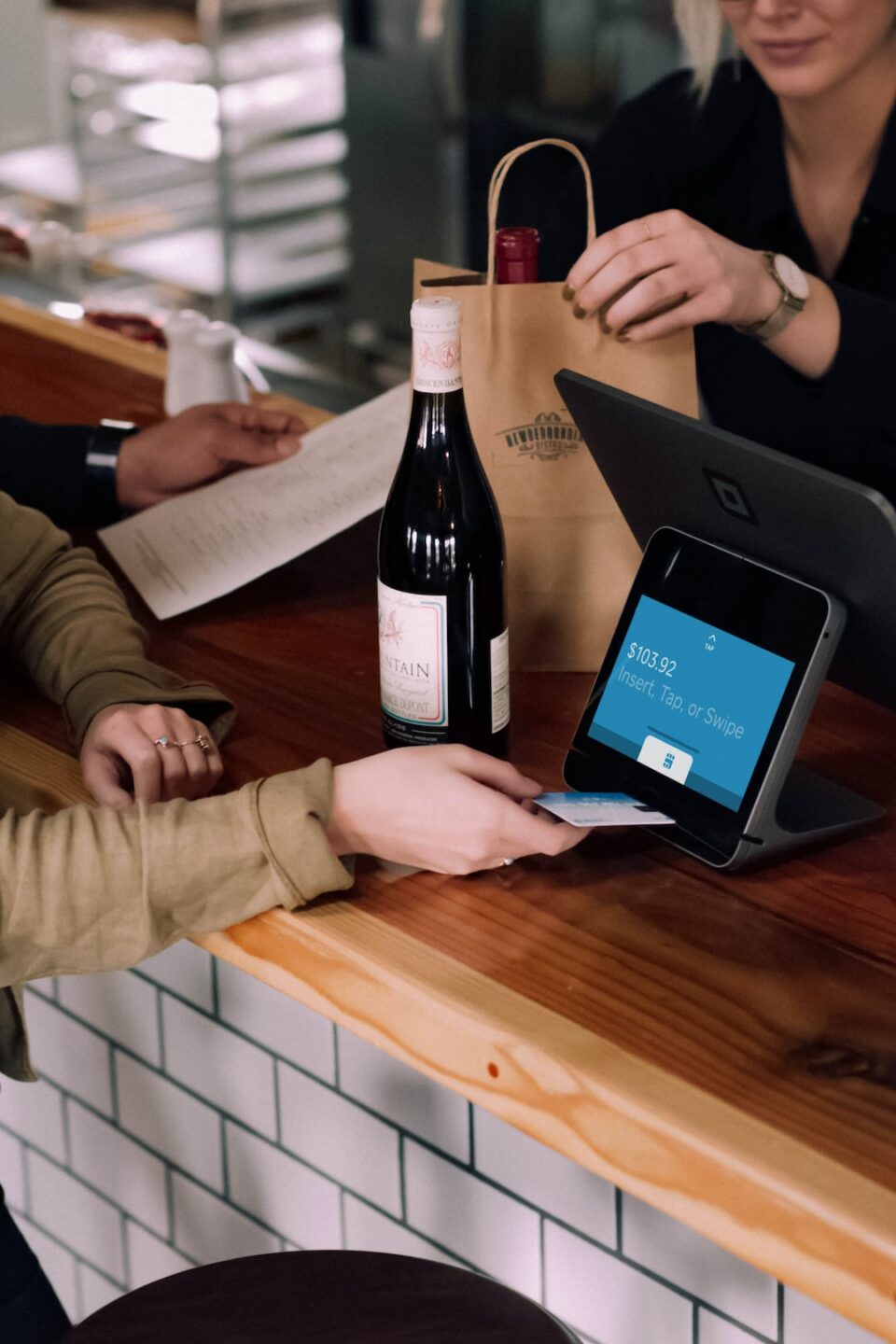The future of e-commerce is an ever-evolving landscape where technological advancements and changing consumer behavior shape the way we buy and sell online. In recent years, we have witnessed a rapid growth in online shopping, but what does the future hold? In this blog post, we will explore some emerging trends that are set to transform the e-commerce industry in the coming years.
1. Mobile Commerce (M-commerce) Dominance:
With the widespread adoption of smartphones and the increasing availability of high-speed internet, mobile commerce is expected to dominate the e-commerce landscape. Consumers are becoming more comfortable making purchases on their mobile devices, and businesses are responding by optimizing their websites and applications for mobile use. As mobile wallets gain popularity, we can expect a seamless and secure purchasing experience, further driving the growth of m-commerce.
2. Personalization through AI and Machine Learning:
Artificial intelligence and machine learning will continue to revolutionize e-commerce by offering personalized shopping experiences. By analyzing consumer data, AI algorithms can make product recommendations tailored to individual preferences, increasing customer engagement and loyalty. Chatbots powered by AI will also provide instant customer service, answering queries and assisting with the purchase process, enhancing customer satisfaction.
3. Voice Commerce:
With the rise of voice-controlled smart assistants like Amazon Alexa and Google Assistant, voice commerce is emerging as a significant trend. Consumers can now place orders, check product details, and perform other shopping-related tasks using voice commands. This technology will become more refined, increasing convenience and making e-commerce more accessible to a wider audience, particularly those who are not tech-savvy.
4. Augmented Reality (AR) and Virtual Reality (VR):
AR and VR technologies are set to transform the e-commerce experience. By enabling customers to virtually try on clothes, visualize furniture in their homes, or test out cosmetic products, these technologies bridge the gap between the online and offline shopping experiences. This immersive and interactive approach not only enhances customer satisfaction but also reduces the number of returns, as customers can make more informed purchasing decisions.
5. Social Commerce:
Social media has become an integral part of our lives, and it is emerging as a powerful tool for e-commerce. With platforms like Instagram and Pinterest introducing shoppable posts, consumers can browse and purchase products directly from their favorite social media apps. Influencer marketing will continue to play a vital role in shaping consumer behavior and driving sales. As social media platforms evolve, we can expect to see more features that seamlessly integrate shopping into the social experience.
6. Same-day or Instant Delivery:
The demand for quick deliveries is growing rapidly, and businesses are finding innovative ways to meet this demand. Same-day or instant delivery services are becoming more common, with companies like Amazon and Google experimenting with drone delivery. Additionally, advancements in logistics and the introduction of local fulfillment centers are making this speedy delivery model more feasible. In the near future, we can expect to receive our online purchases within hours of placing the order.
7. Sustainable and Ethical Practices:
Consumers are becoming more conscious of sustainability and ethical practices, influencing their purchasing decisions. E-commerce businesses are responding by adopting sustainable packaging, supporting fair trade, and ensuring ethical sourcing of products. In the future, we will likely see an increase in eco-friendly initiatives and a greater emphasis on corporate social responsibility within the e-commerce industry.
8. Subscription-based Models:
Subscription-based models have gained popularity in recent years, offering customers convenience and personalized experiences. From monthly subscription boxes to streaming services, these models provide a continuous revenue stream for businesses while increasing customer loyalty. We can expect e-commerce businesses to continue exploring various subscription-based offerings, catering to different consumer needs and preferences.
The future of e-commerce is exciting and full of possibilities. With the rapid advancement of technologies like AI, AR/VR, and voice commerce, coupled with changing consumer behaviors and preferences, online shopping is set to become more personalized, convenient, and immersive. Businesses that embrace these emerging trends and adapt their strategies accordingly will thrive in this ever-growing digital marketplace.

